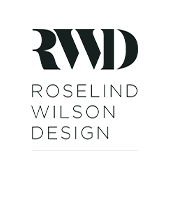Tel: +44 (0) 203 371 1779
Email: Get in Touch
Sustainability is a trending topic in interior design circles, with eco-friendly design battling the negative environmental impact of modern manufacturing and production processes with a move towards sustainable materials and dramatically reducing the reliance on non-renewable resources.
Here are some materials you can use to create a luxurious interior that reflects your personal style while injecting eco-friendly beauty into your home interior.
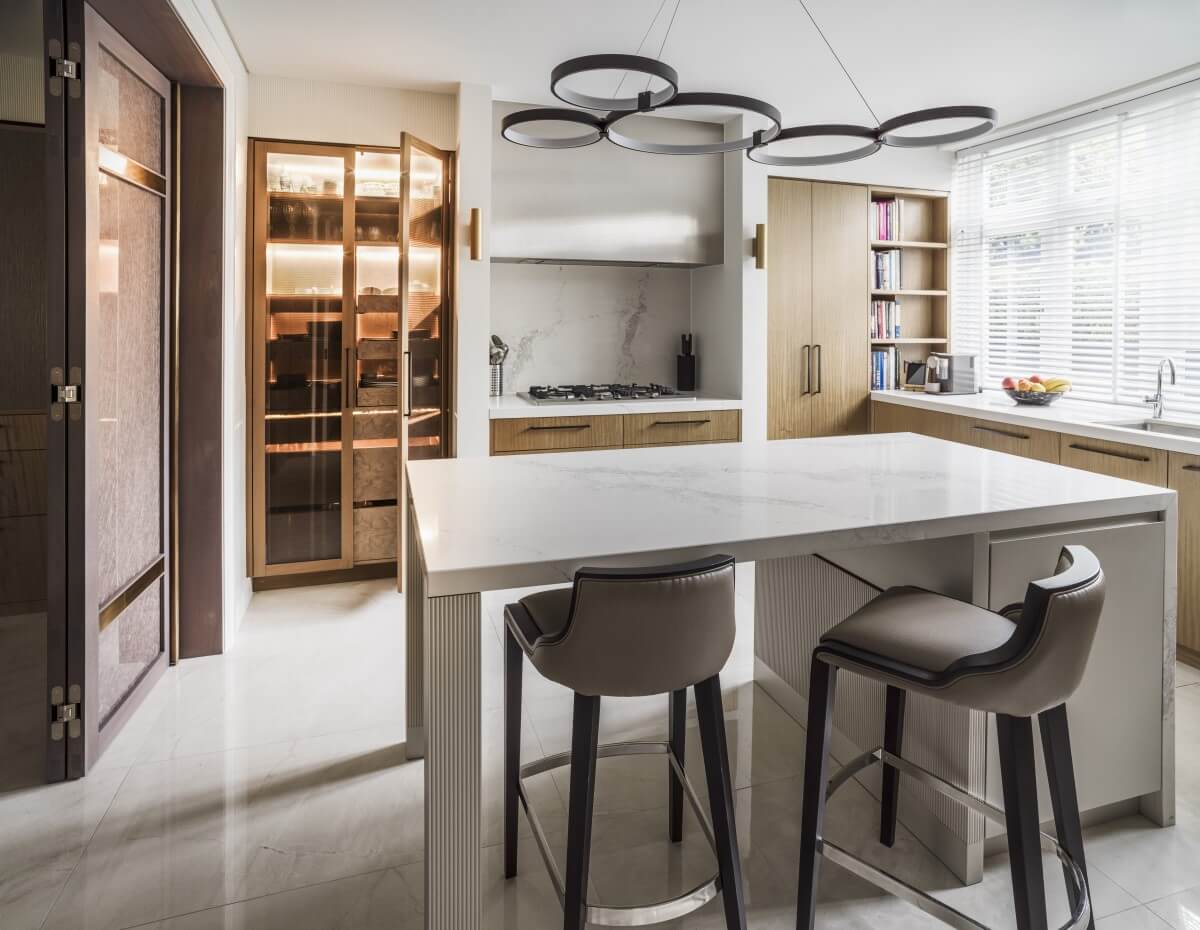
One of the first things people think of when the focus is on natural materials is wood. Sturdy, adaptable and characterful, oak, pine, maple, teak, walnut and cherry are ever popular and can easily be transformed into a wide range of colours, textures and finishes.
Wood is a naturally sustainable product and production is less energy and resource-heavy than refining processes used to make other synthetic materials.
Make a beeline for furniture constructed from solid woods or veneers and avoid furniture composed of MDF or particleboard. These composites are made from compressed shavings or sawdust held together by synthetic resins, binders, and glues. The production processes create toxic waste that harms the natural environment.
At our Carlton Hill residential project, our clients really love the character, warmth, and timeless appeal of wood. With this and sustainability in mind, we designed bespoke joinery units for their contemporary kitchen in a modern engineered walnut veneer with a crisp, consistent grain for a modern feel.
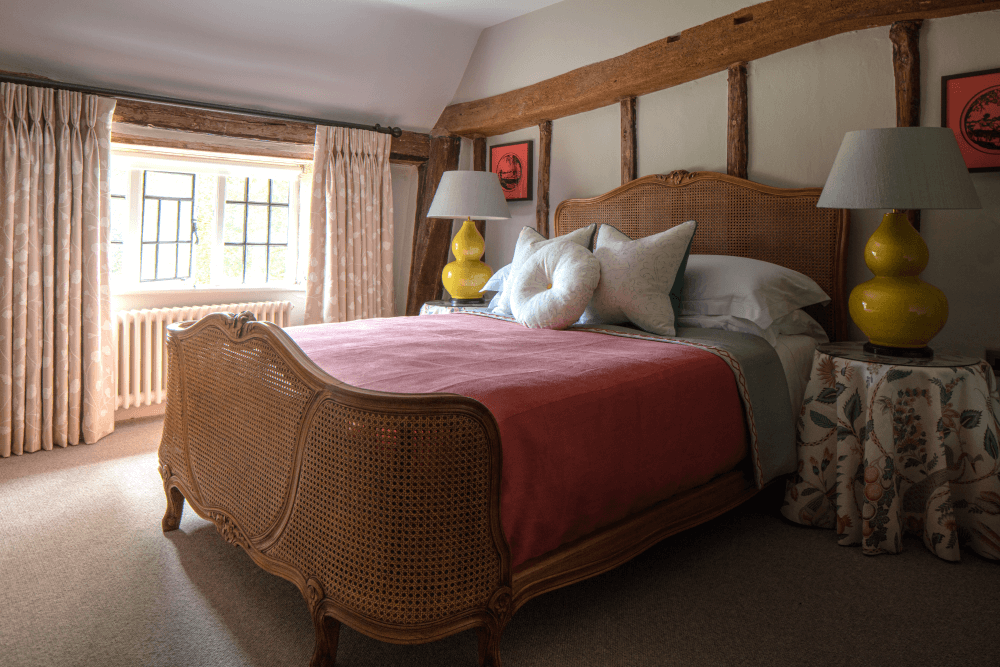
Artisans around the globe have been making furniture and accessories from natural materials like rattan, bamboo and cane for centuries. Versatile, durable and sustainable raw materials like these have recently seen a surge in popularity as home decorators and interior designers look to the past for ways to reduce our reliance on artificial materials and return to more environmentally friendly, renewable resources instead.
These materials are versatile and can be used to create furniture, lighting designs, decorative accessories and window dressings. Add a wicker chair or a biophilic rattan headboard to your interior design for a modern, vintage twist. The rustic nature will add an element of texture and warmth to your home.
At our Suffolk Farm residential project, we dressed our client’s gorgeous rattan bateau lit bed with a textured salmon pink bedspread and accessorised with a pair of contrasting gloss crackled yellow lamps in one of the guest rooms.
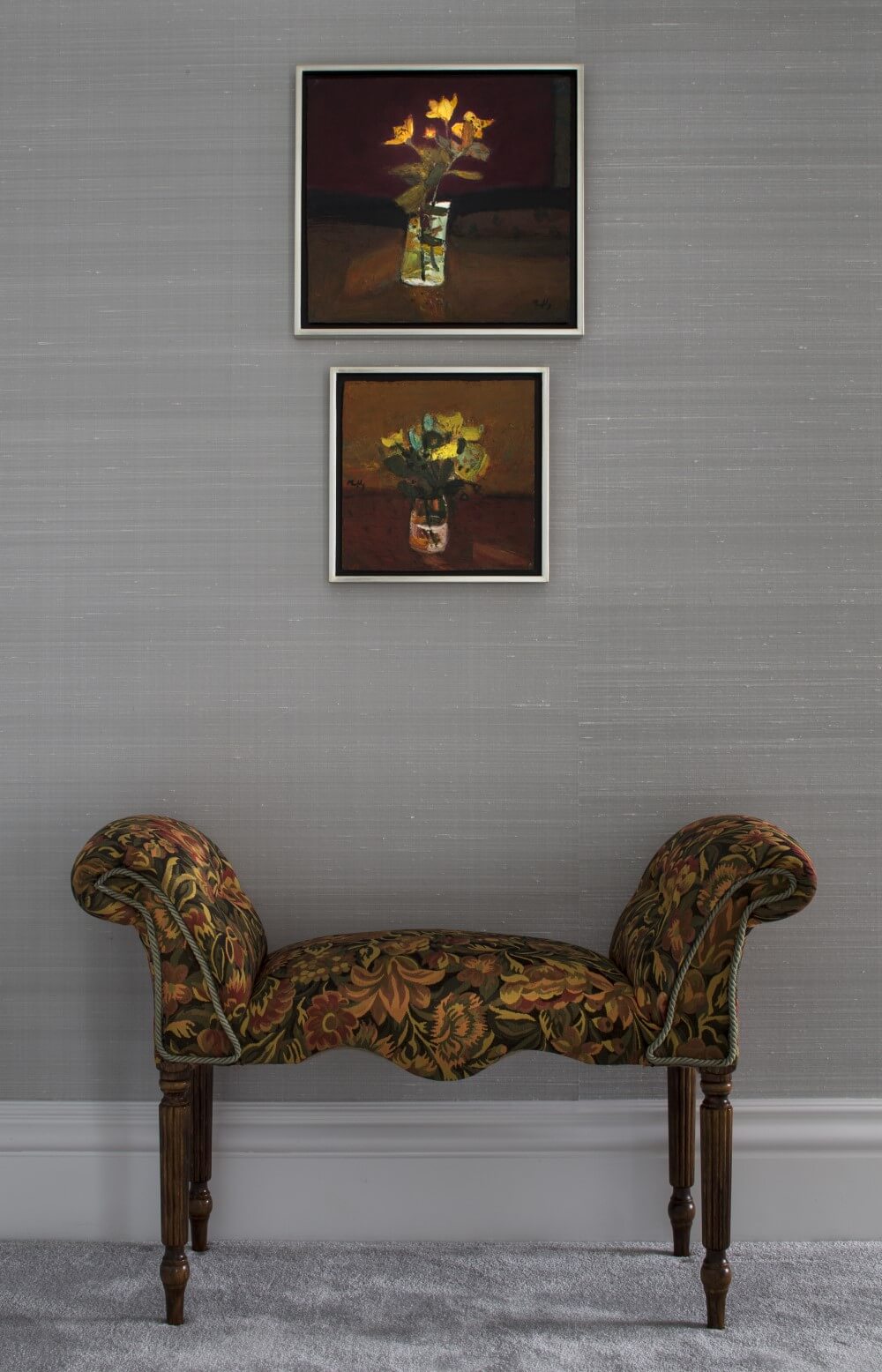
Mass-produced furniture is often upholstered in fabrics treated with petroleum-based flame retardants. There is growing unease at the potential risk to the environment and health with worrying links being made to respiratory issues and skin conditions as a result of chemical-based finishing processes.
Try to work with local craft upholsterers and build custom furniture pieces, a process which reduces up to 50% of waste in comparison to mass-produced items. Organic, planet-friendly upholstery made from materials such as wool, cotton, silk, hemp, leather, linen, and even cork is becoming far easier to source, there are many innovative, natural fabrics available on the market making it easier to find the perfect option for your home.
Investing in high-quality green fabrics really does pay off as they show in their quality, durability and ability to last. The home interior trend for organic upholstery is growing and moving away from mass consumption to a more conscious selection of furniture and textiles.
At our Brompton’s residential project we upholstered this antique window seat in a traditional tapestry fabric and treated the walls with a classic hand-woven silk wallcovering the result feels elegant and luxurious.
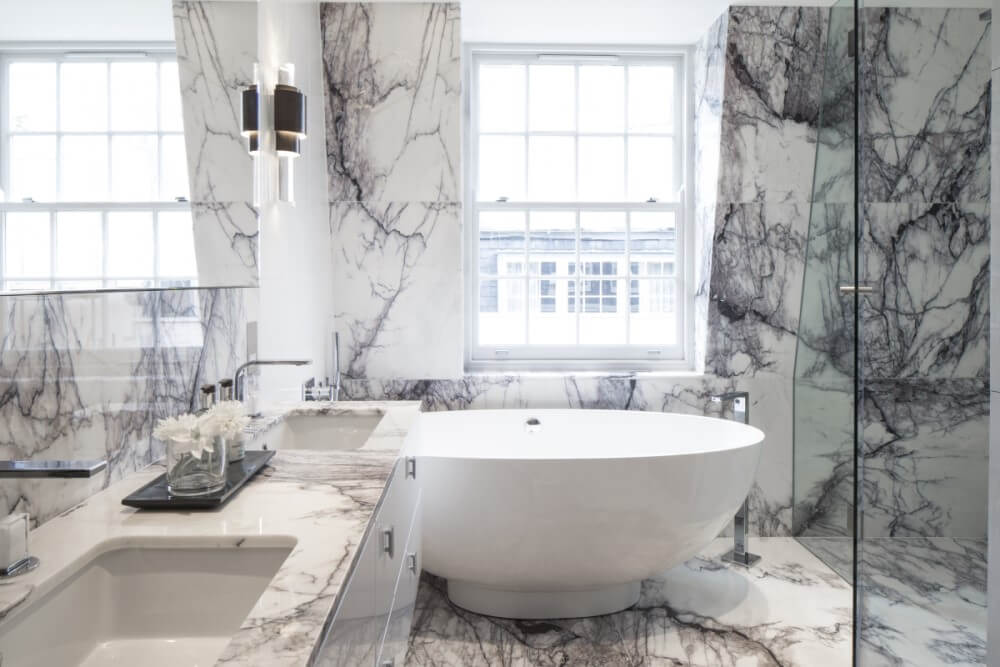
Marble, granite, travertine and other natural stones give an interior a characterful and luxurious aesthetic. Although stone is a limited natural resource, it can still be found in abundance worldwide, but the big win is that stone fabrication processing is ecologically clean, producing very little waste and having a minimal environmental impact. Technological advancements have improved mining techniques, eradicating the use of explosives and virtually eliminating associated pollution and waste.
Natural stone is a popular choice in luxury homes for countertops, flooring and surfaces both inside and outside the home. Boasting a delightful array of patterns and colours and with exceptional durability, stone can withstand centuries of wear and even when the badly damaged natural stone can either be repaired or fully recycled, making it the ultimate eco-friendly choice.
We love the dramatic veining and colouration of the Turkish Lilac marble sourced for our Eaton Mews residential project, which gave this master bathroom a distinctively grandiose, timeless feel.
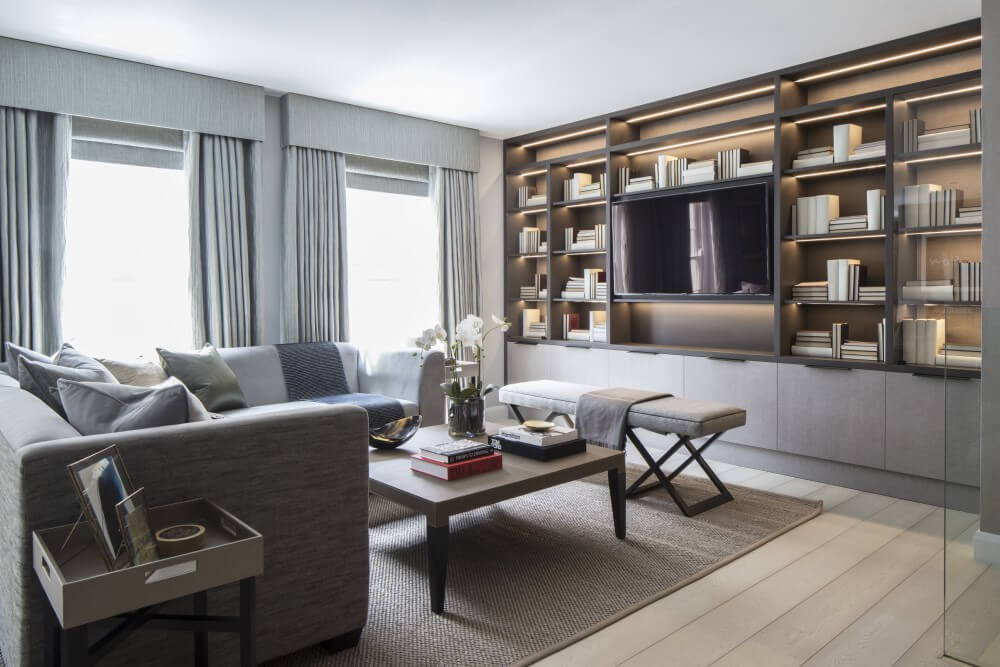
Add cosy, organic textures to your home with natural fibre rugs and carpets. Floor coverings using natural fibres will give your home an instant feeling of warmth and texture. Choose materials such as sisal, jute, or seagrass to add a soft, organic surface that looks stunning and feels wonderful underfoot. Sisal is particularly popular for high-traffic areas such as stairs as it is tough enough to withstand long-term wear and tear whilst still being eco-friendly.
We would be happy to provide sustainable design direction for your residential project. Contact us today to discuss your home renovation project.
As disciplines Interior Architecture and Interior Design will always be intertwined. In the quest to create spaces that function equally successfully on both a practical and aesthetic level. A beautifully designed home isn’t just about visual aesthetics, it’s about how a space works, flows, and adapts to the needs of those who live in it....
The Magic of Multifunctionality Whether in London or another bustling city, urban living offers a vibrant and dynamic experience. Yet, amidst the allure, it often comes with a familiar challenge – Limited space. However, small square footage should never mean sacrificing style or functionality. Through the power of inventive interior architecture, even the cosiest homes...
We use cookies to ensure that we give you the best experience on our website. See our Cookie Policy. If you continue to use our website, we will assume that you are happy with it. OK
